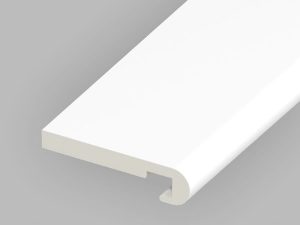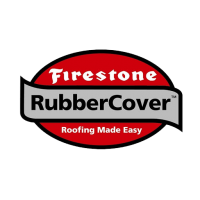Description

Colour fastness
Foam profiles / rigid profiles
BS1006 / 1990 Part A03 – Tests undertaken by BSI Testing for colour change resulted
in an actual classification of 4 / 5 (where 1= most change and 5 = least change).
Fire rating
Foam profiles
Tested to BS476 Part 7:1997 Class 1 surface spread of fire. Woodgrain profiles do
not carry a fire rating.
Rigid profiles
Tested to BS476 Part7:1997 Class 1 surface spread of fire.
Thermal conductivity
Foam profiles 0.07 (w/mk)
This low coefficient of thermal conductivity for Foam Profiles indicates thermal insulation properties better than brick, concrete or timber.
Rigid profiles 0.14 (w/mk)
Density
Foam profiles 0.55 – 0.6 g/cm3
Rigid profiles 1.40 – 1.50 g/cm3
Maintenance
Foam and rigid profiles should not require any further maintenance other than the occasional wash down with a non-scratch, mild detergent and water. They are resistant to most acids and alkalis but can be damaged by solvents. Great care should be taken when in contact with creosote or bitumen-based products as these will
cause staining of the profiles. Painting is not recommended on foam profiles unless done by an approved contractor.
Workability
Foam profiles
Eurocell cellular foam PVC-U products are easy to work with using normal hand tools for drilling and cutting. It is recommended that the saw should have a fine tooth blade (PVC-U saws are available from Eurocell branches). PVC-U products should not be fitted below 0˚C as the boards may become brittle.
Handling and storage
Profiles are packed in polythene sleeves identifying a particular shade of white. Pr otective tape should only be removed immediately before installation to prevent damage.
British Standards
The Eurocell Building Plastics products supplied by Eurocell Profiles Ltd are produced in accordance with a BS EN 1SO
9001:2000 accredited quality system.















